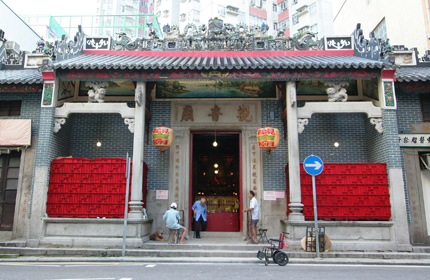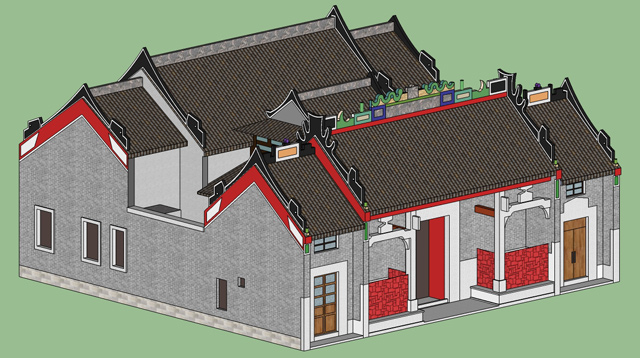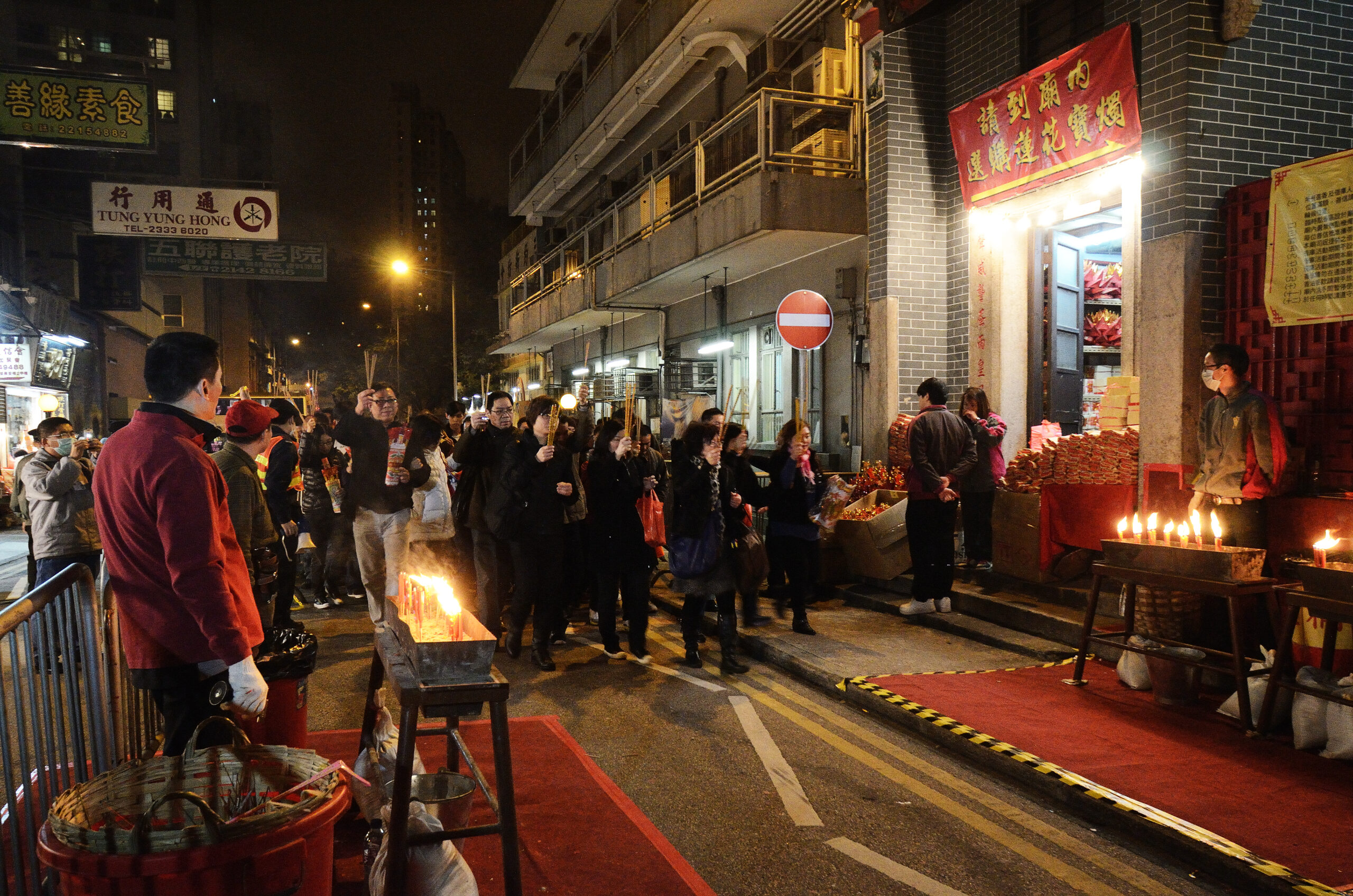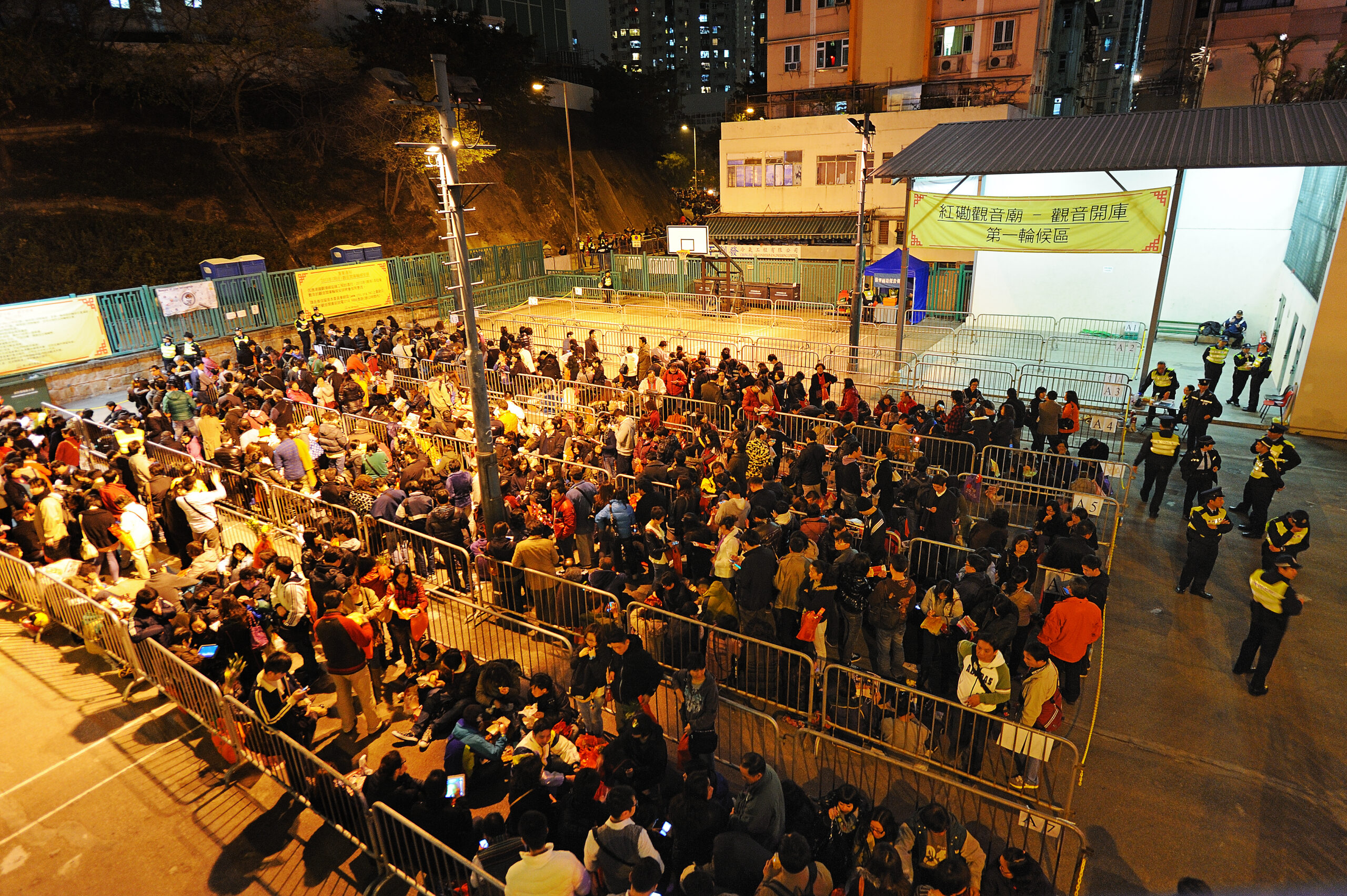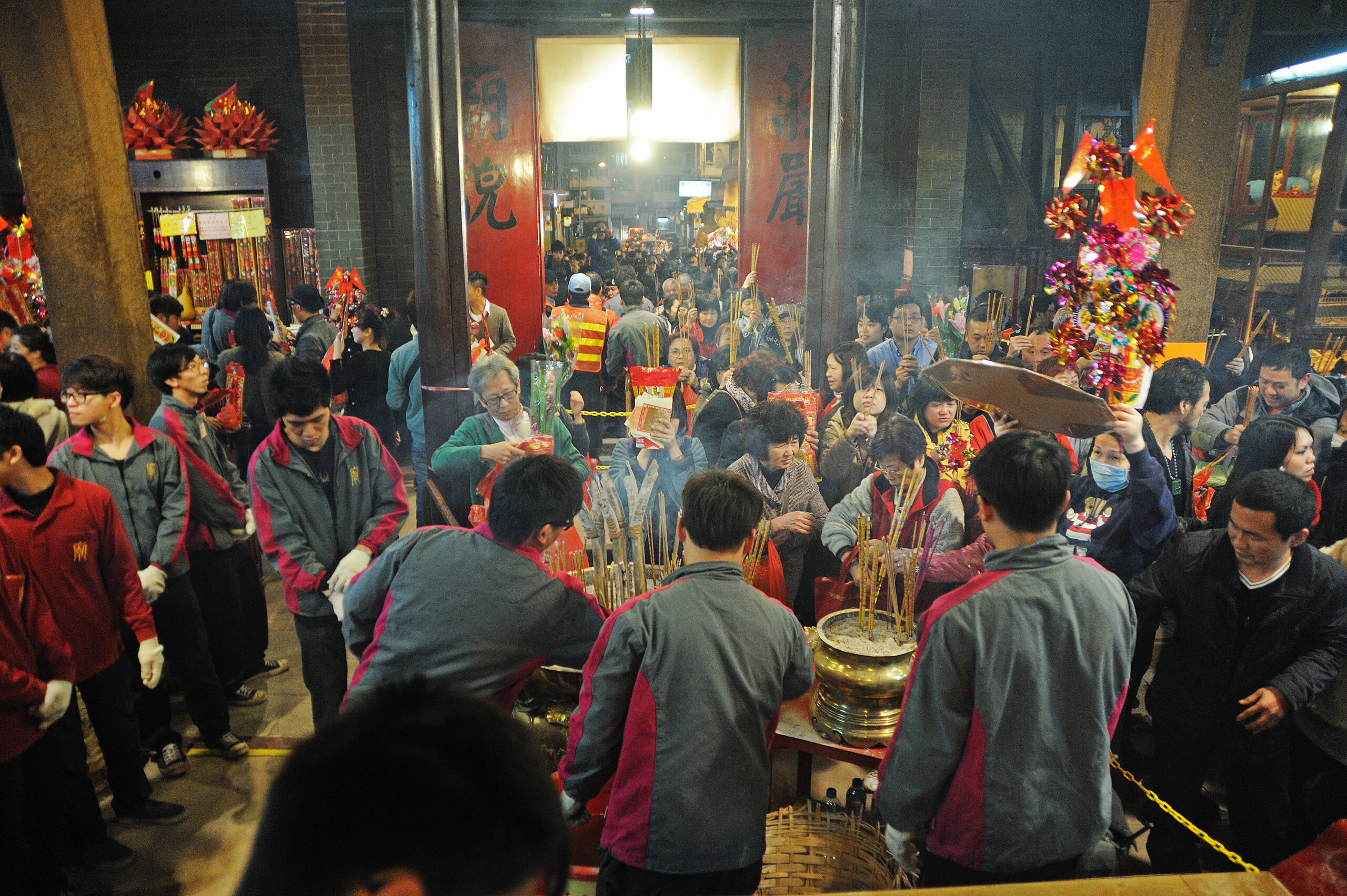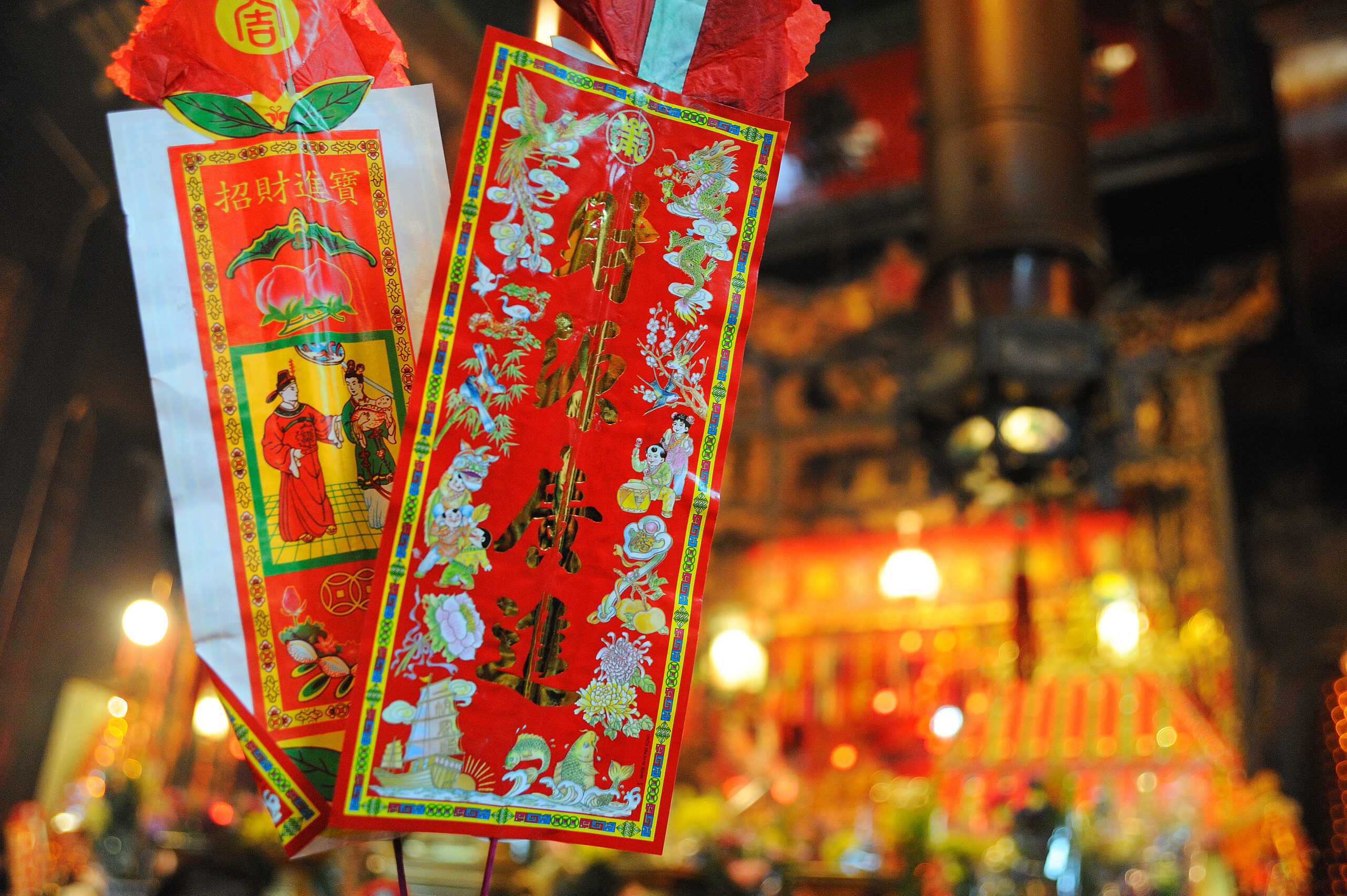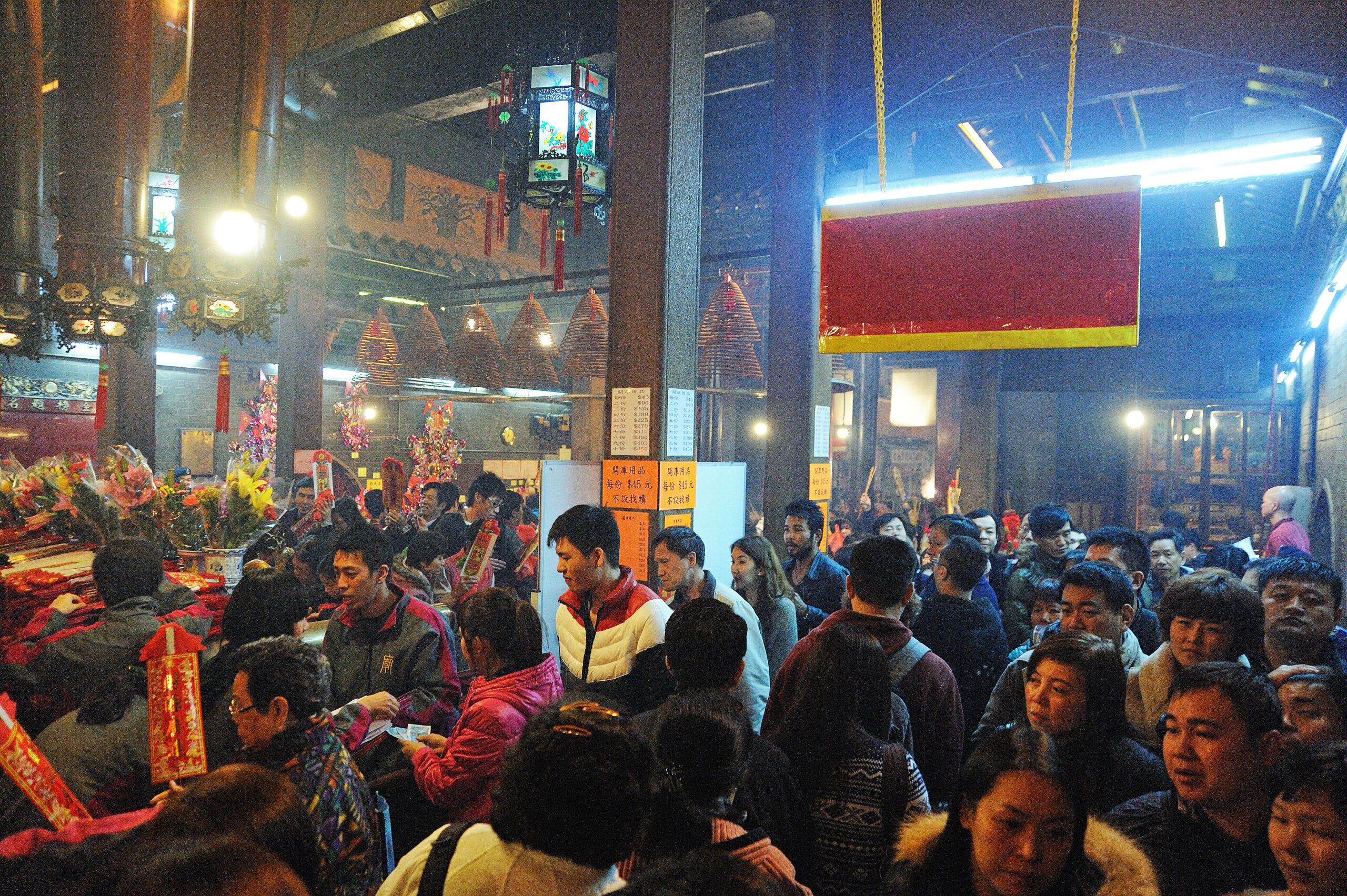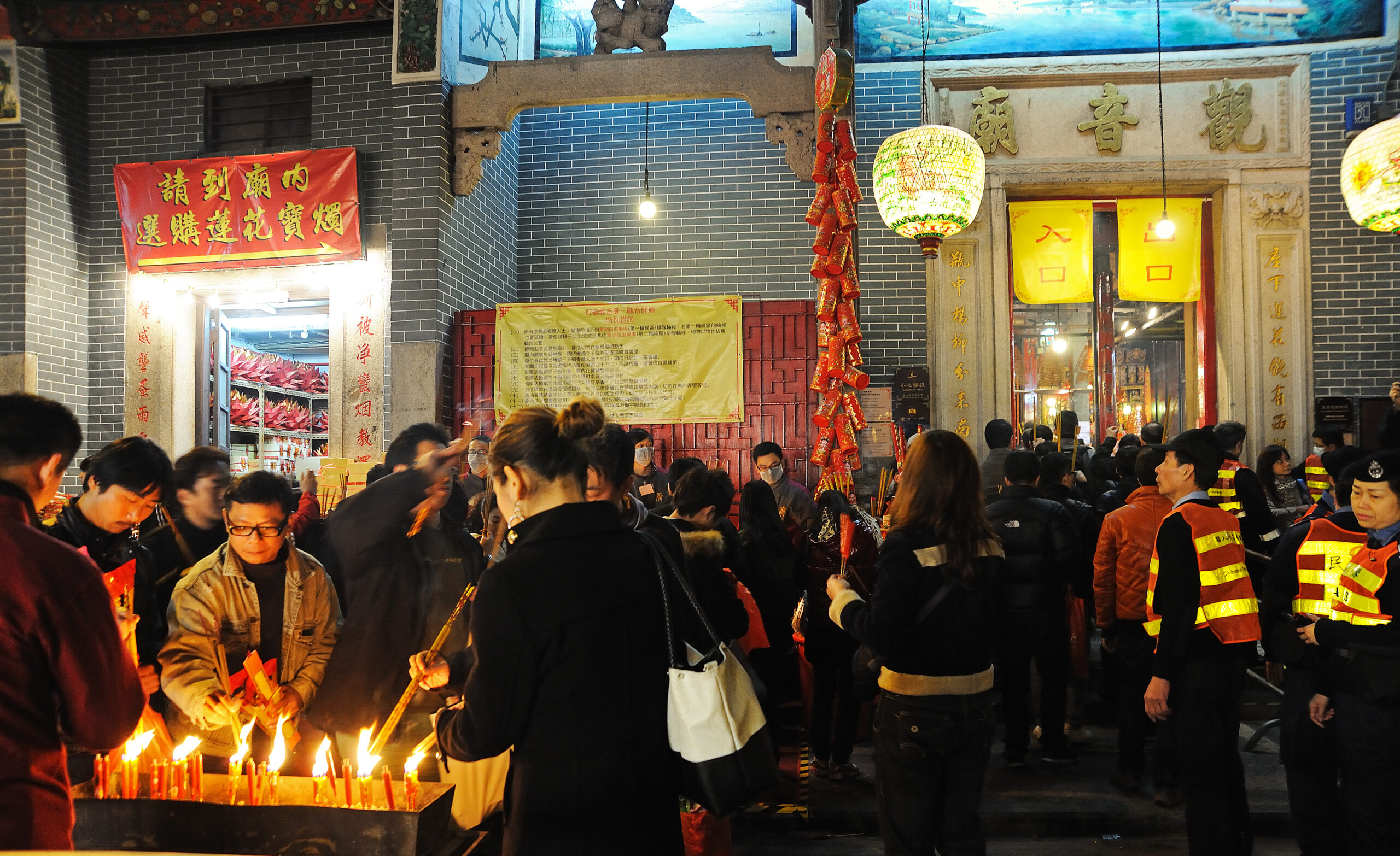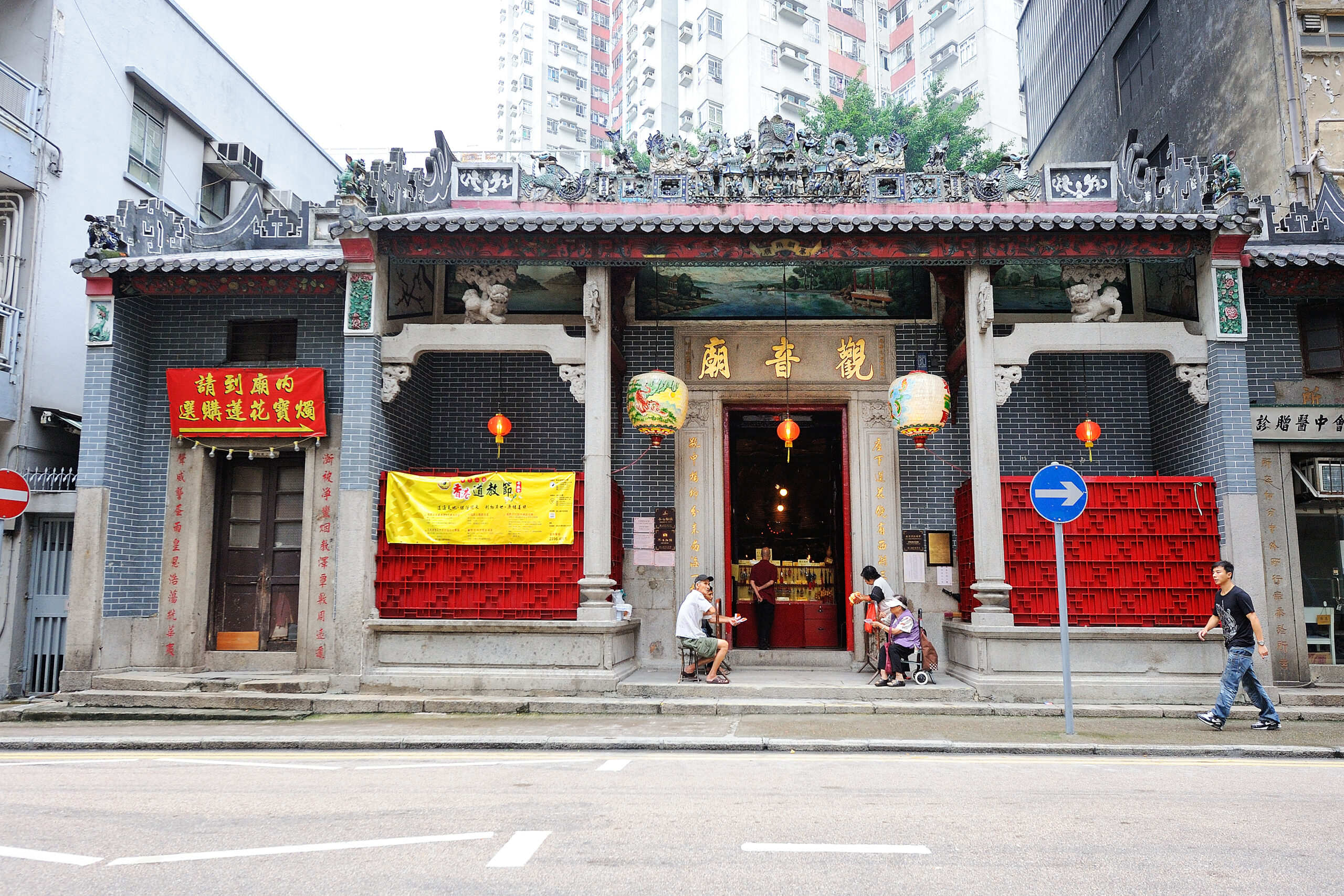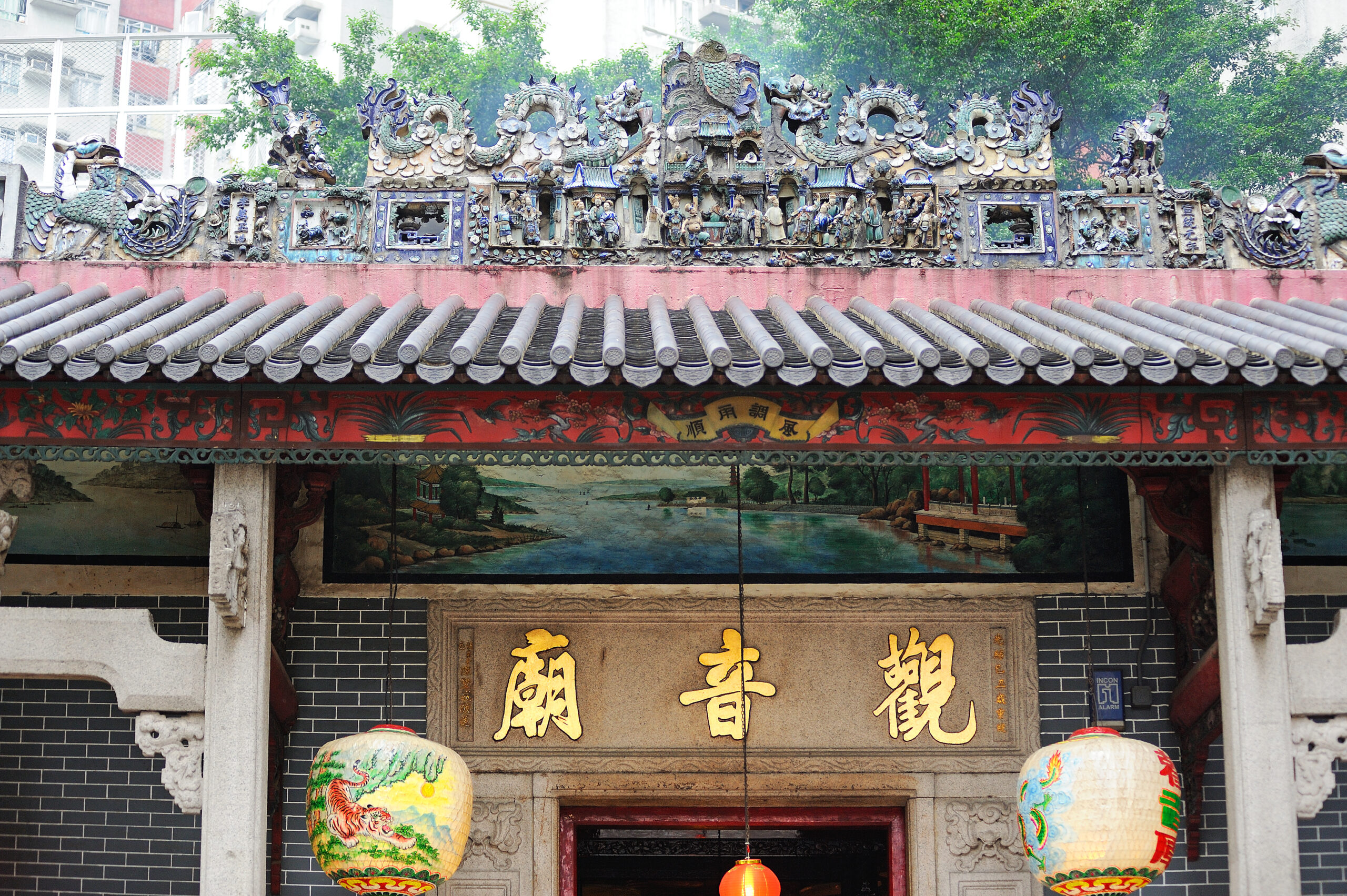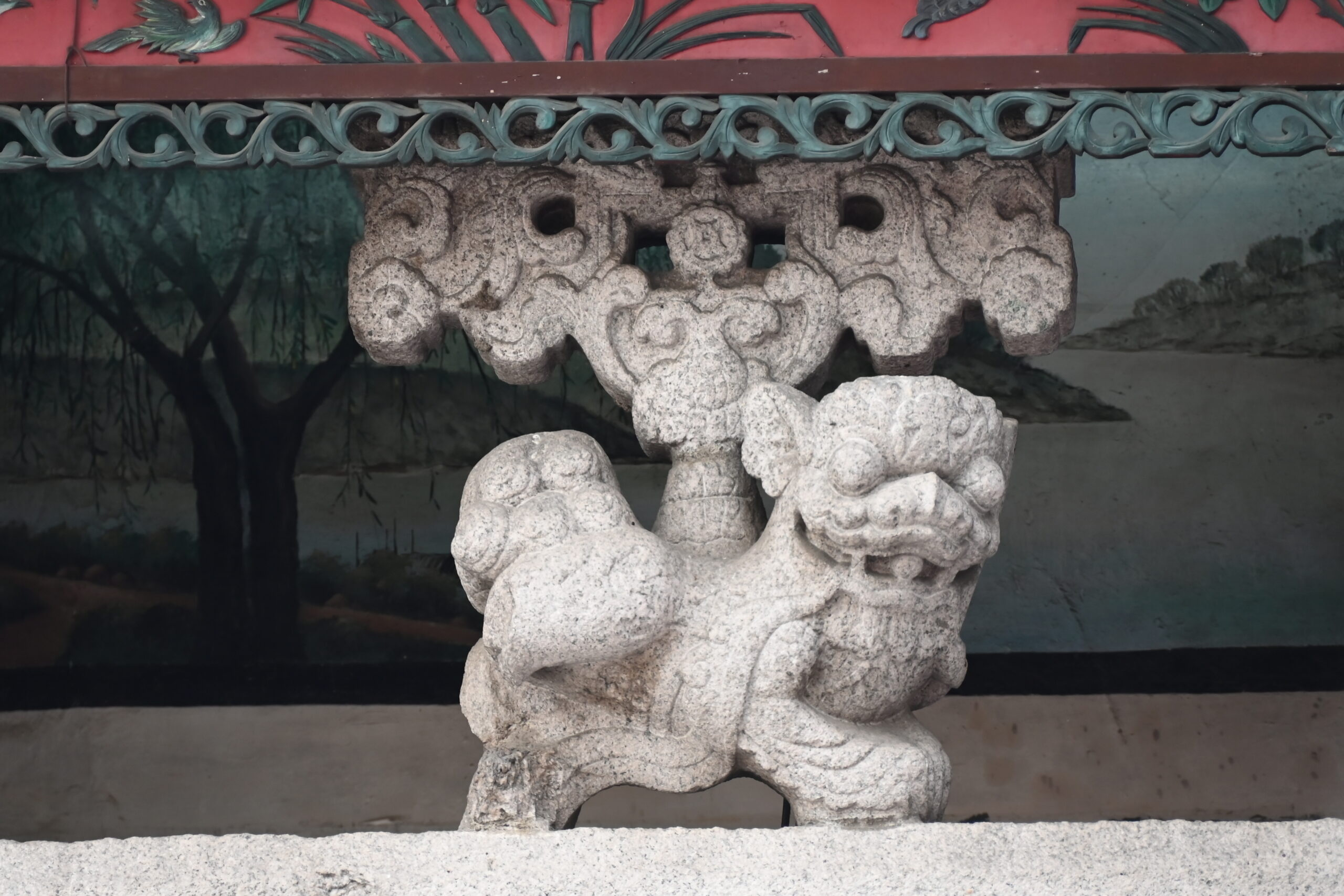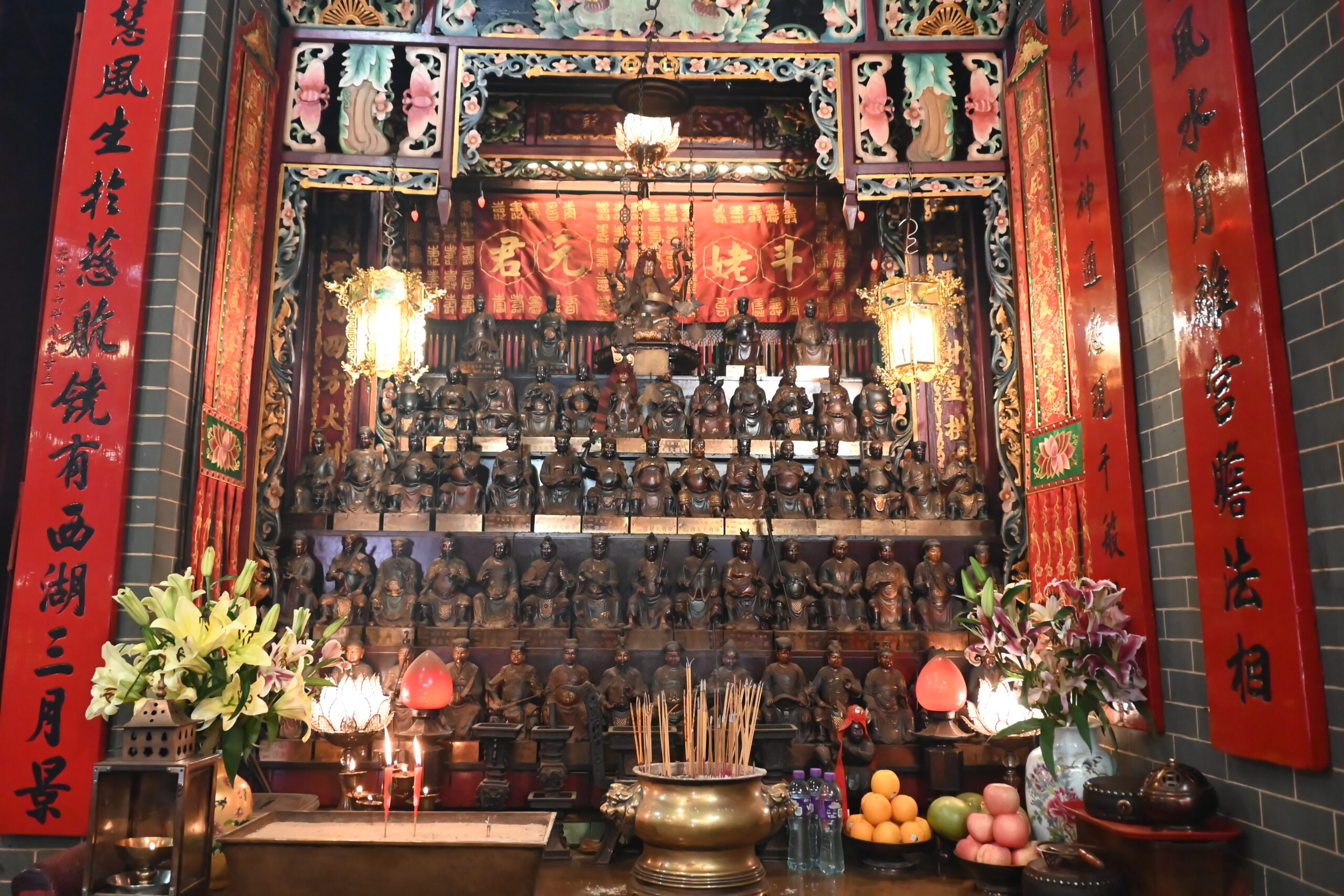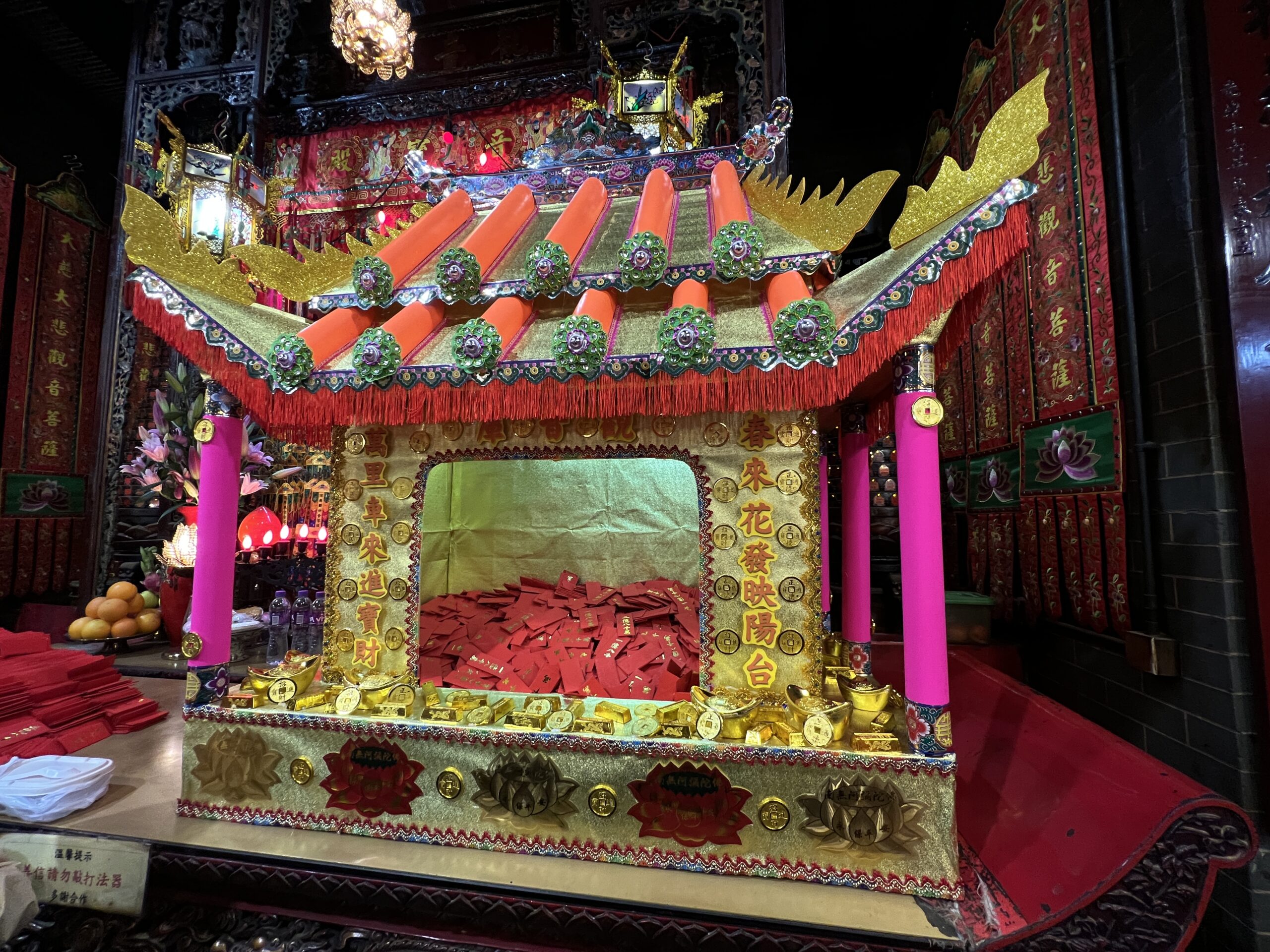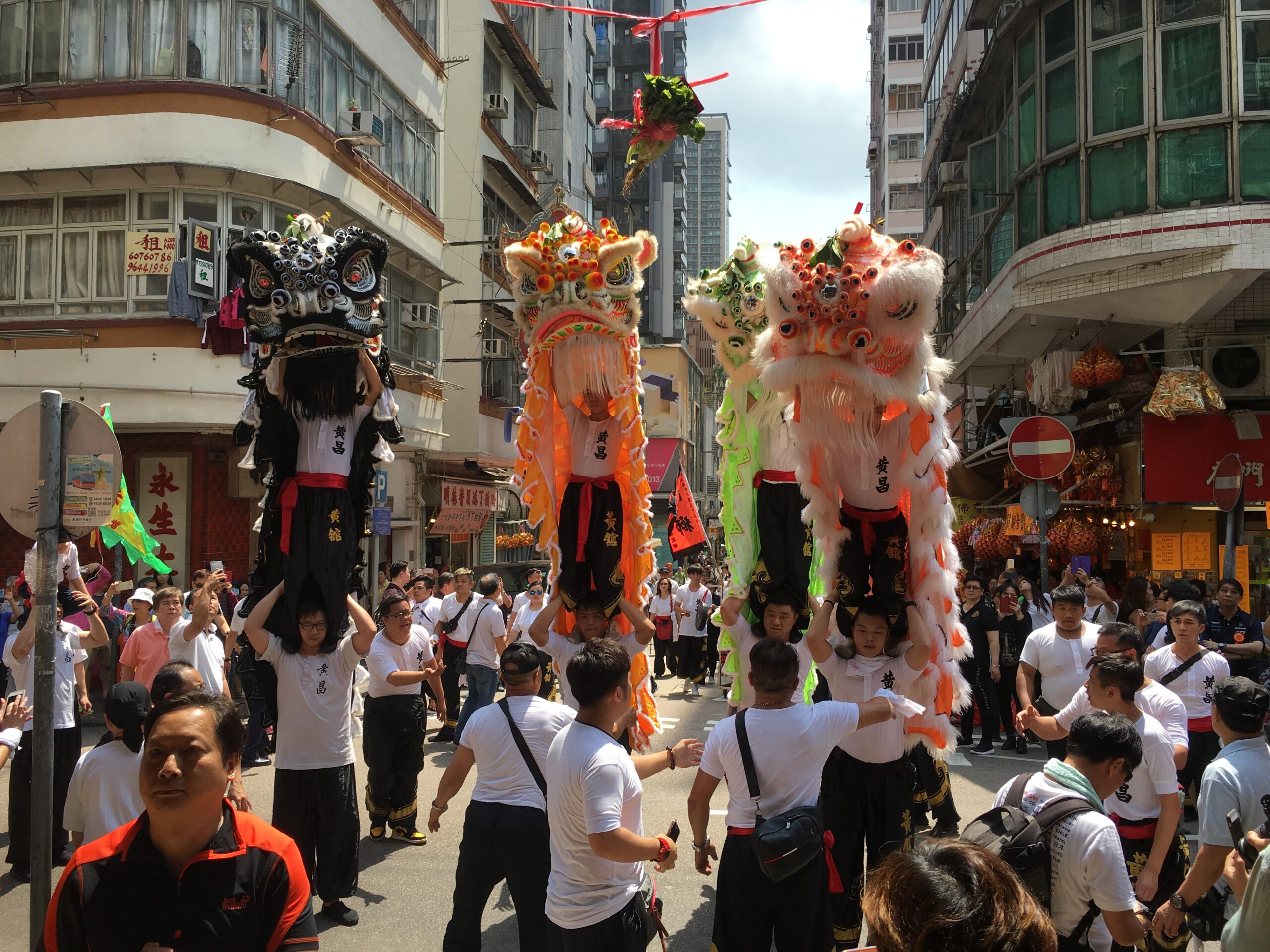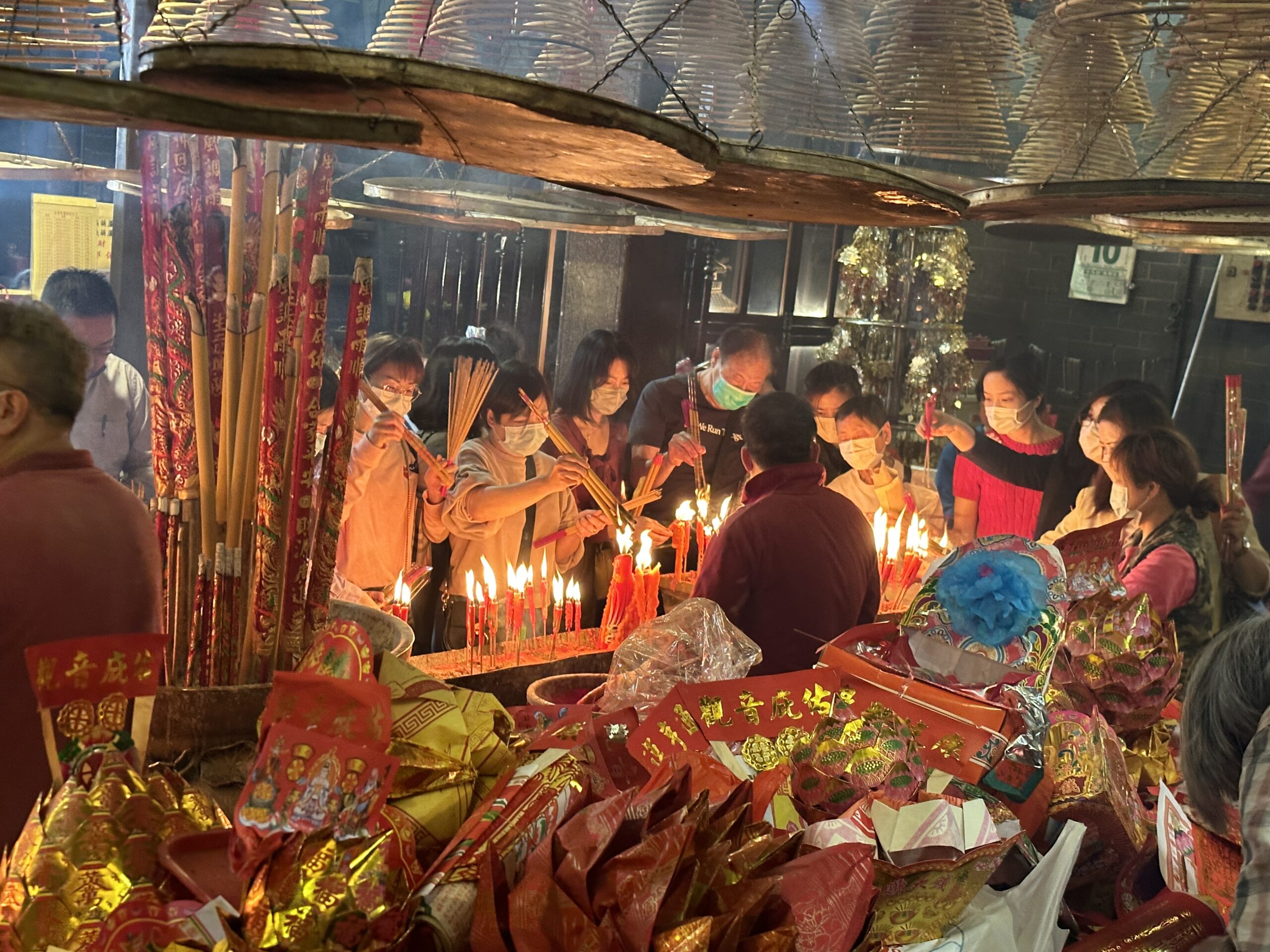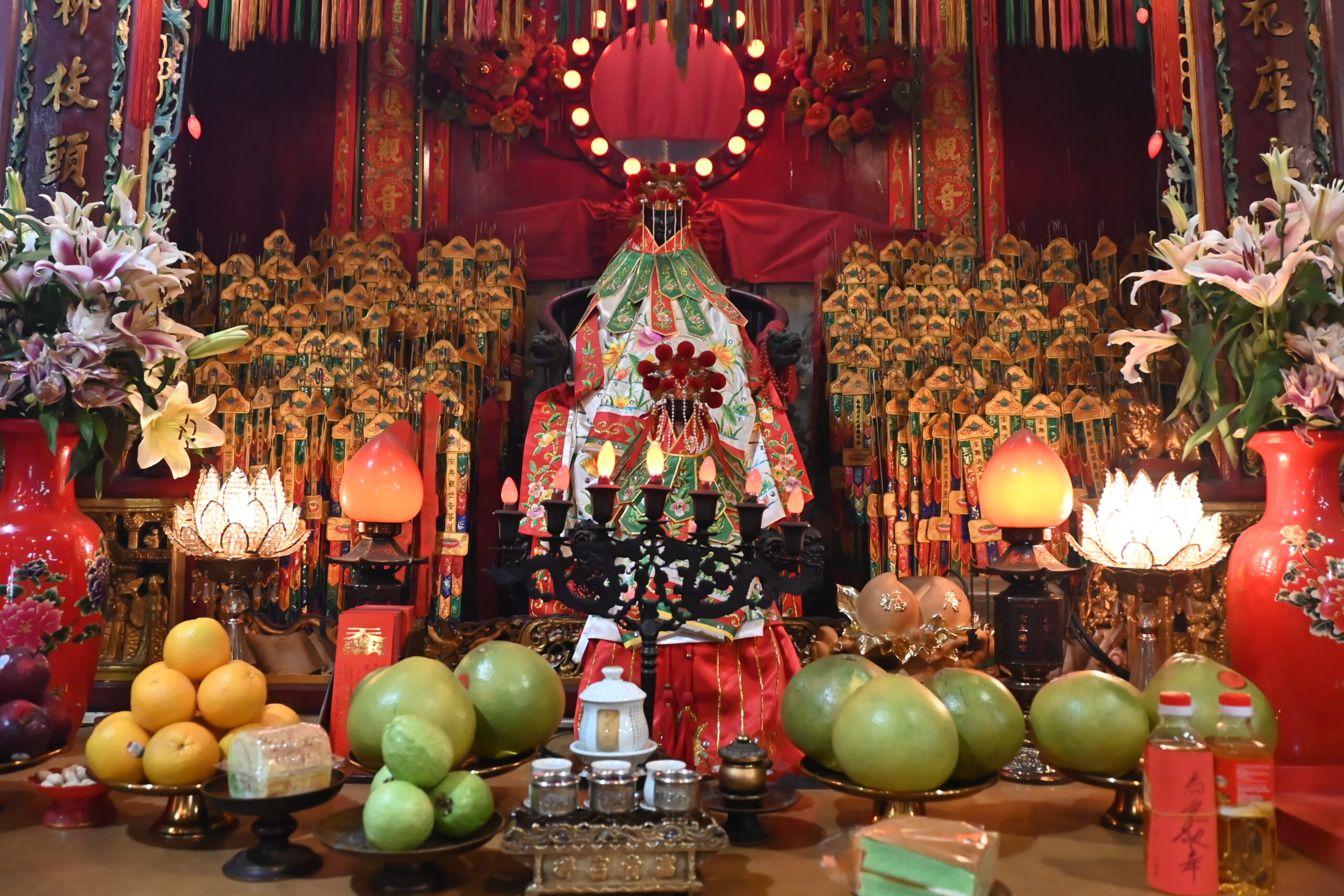Administered Temples
Kwun Yum Temple, Hung Hom
Address
Station Lane, Hung Hom, Kowloon
Station Lane, Hung Hom, Kowloon
Public Transport
- Take KMB bus no. 6C, 6F, 30X, 212 or Tunnel bus no. 106 or 115, get off at the junction of Wuhu Street and Kun Yam Street, walk for 5 minutes along Kun Yam Street to Station Lane.
- Ho Man Tin Station Exit B1 → take the footbridge to Wuhu Street → Kun Yam Street (about 10 mins.)
Opening Hours
8:00am to 5:45pm daily
8:00am to 5:45pm daily
TEL No.
2363 4930
2363 4930
1. Octopus
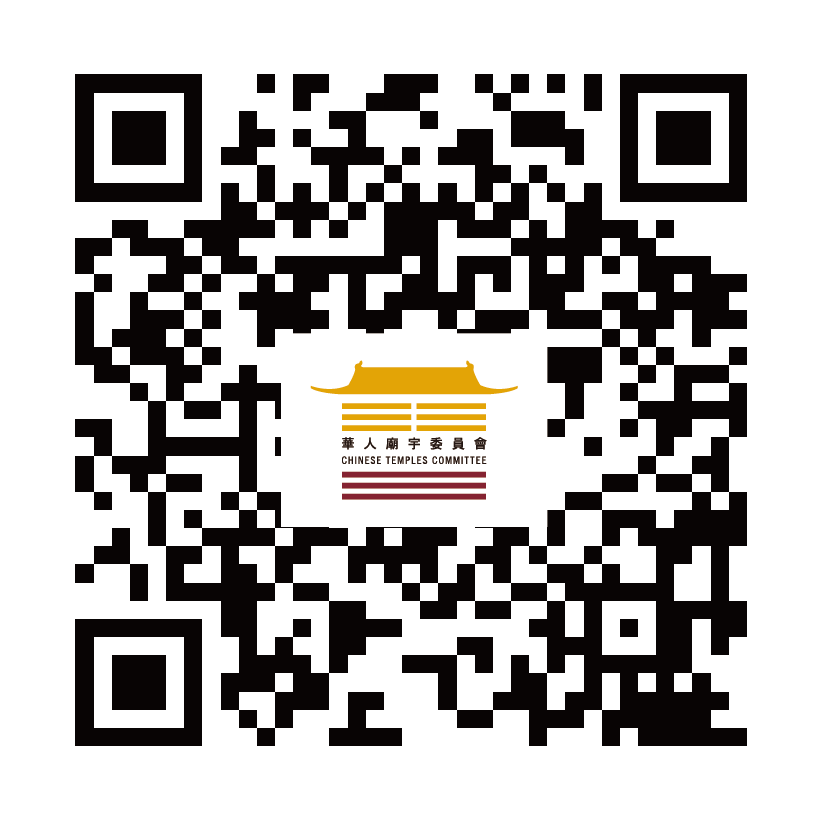
Please use your mobile to scan this QR code to make donation via Octopus:

2. AlipayHK

Please use your mobile to scan this QR code to make donation via AlipayHK:


